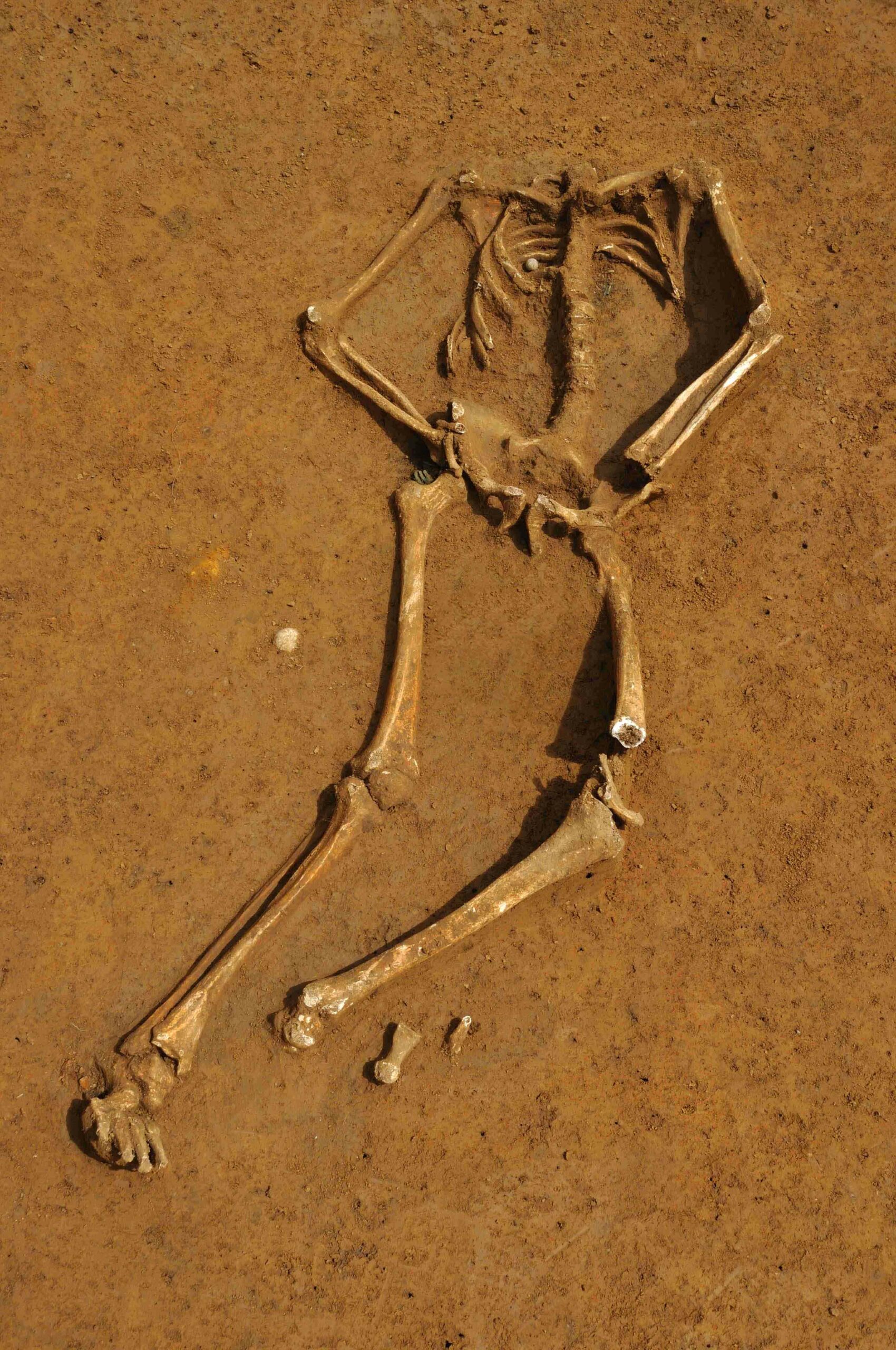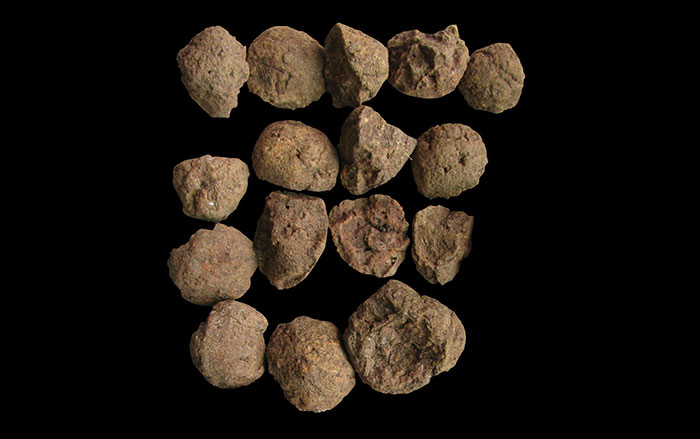BINGHAMTON, NEW YORK—Early human ancestors had an ear bone similar to that of modern humans, according to palaeoanthropologist Rolf Quam of Binghamton University. Quam and his team recovered a complete set of the tiny bones from a 1.8-million-year-old Paranthropus robustus, and an incomplete set of ear bones from a 3.3 to 2.1-million-year-old Australopithecus africanus. The malleus from both hominids was smaller than those found in apes, implying a human-like, smaller eardrum, and sensitivity to the middle-range frequencies required for spoken language. “This could be like bipedalism: a defining characteristic of hominins,” said Quam. Further study is required to determine how the size of the ear bones and other ear structures affect hearing, however.
Early Hominid Ear Bone Resembles That of Modern Humans
News May 14, 2013
Recommended Articles
Off the Grid January/February 2026
Prophetstown, Indiana

Letter from France January/February 2026
Neolithic Cultural Revolution
How farmers came together to build Europe’s most grandiose funerary monuments some 7,000 years ago

Features January/February 2026
The Cost of Doing Business
Piecing together the Roman empire’s longest known inscription—a peculiarly precise inventory of prices

Features January/February 2026
The Birds of Amarna
An Egyptian princess seeks sanctuary in her private palace

-
Features March/April 2013
Pirates of the Original Panama Canal
Searching for the remains of Captain Henry Morgan's raid on Panama City
 (Courtesy Captain Morgan Rum Co.)
(Courtesy Captain Morgan Rum Co.) -
Features March/April 2013
A Soldier's Story
The battle that changed European history, told through the lens of a young man’s remains
 (Courtesy Dominique Bosquet)
(Courtesy Dominique Bosquet) -
Letter From Cambodia March/April 2013
The Battle Over Preah Vihear
A territorial dispute involving a 1,100-year-old Khmer temple on the Thai-Cambodian border turns violent
 (Masuru Goto)
(Masuru Goto) -
Artifacts March/April 2013
Pottery Cooking Balls
Scientific analyses and experimental ARCHAEOLOGY determine that mysterious, 1,000-year-old balls of clay found at Yucatán site were used in cooking
 (Courtesy Bolonchen Regional Archaeological Project)
(Courtesy Bolonchen Regional Archaeological Project)


